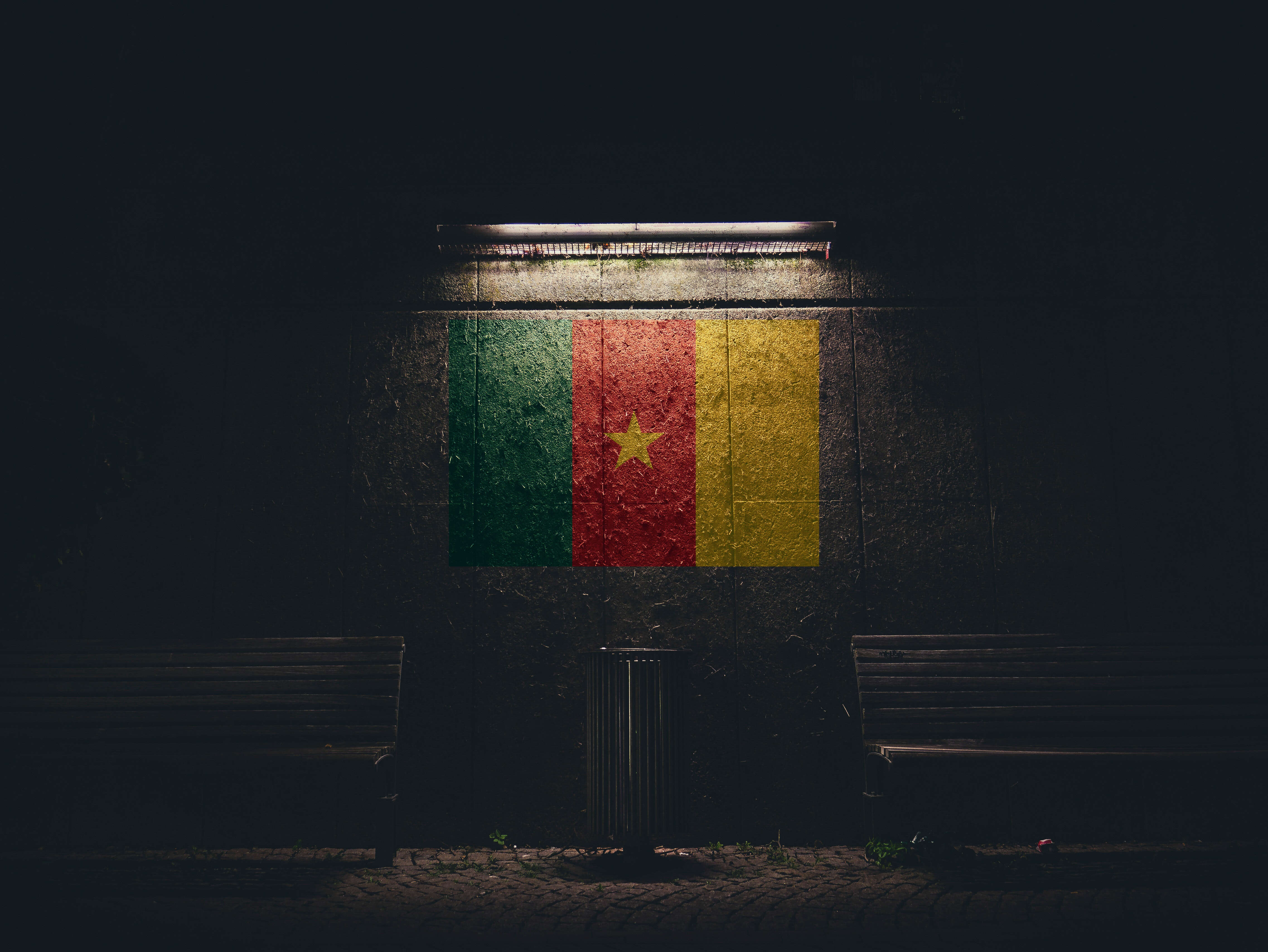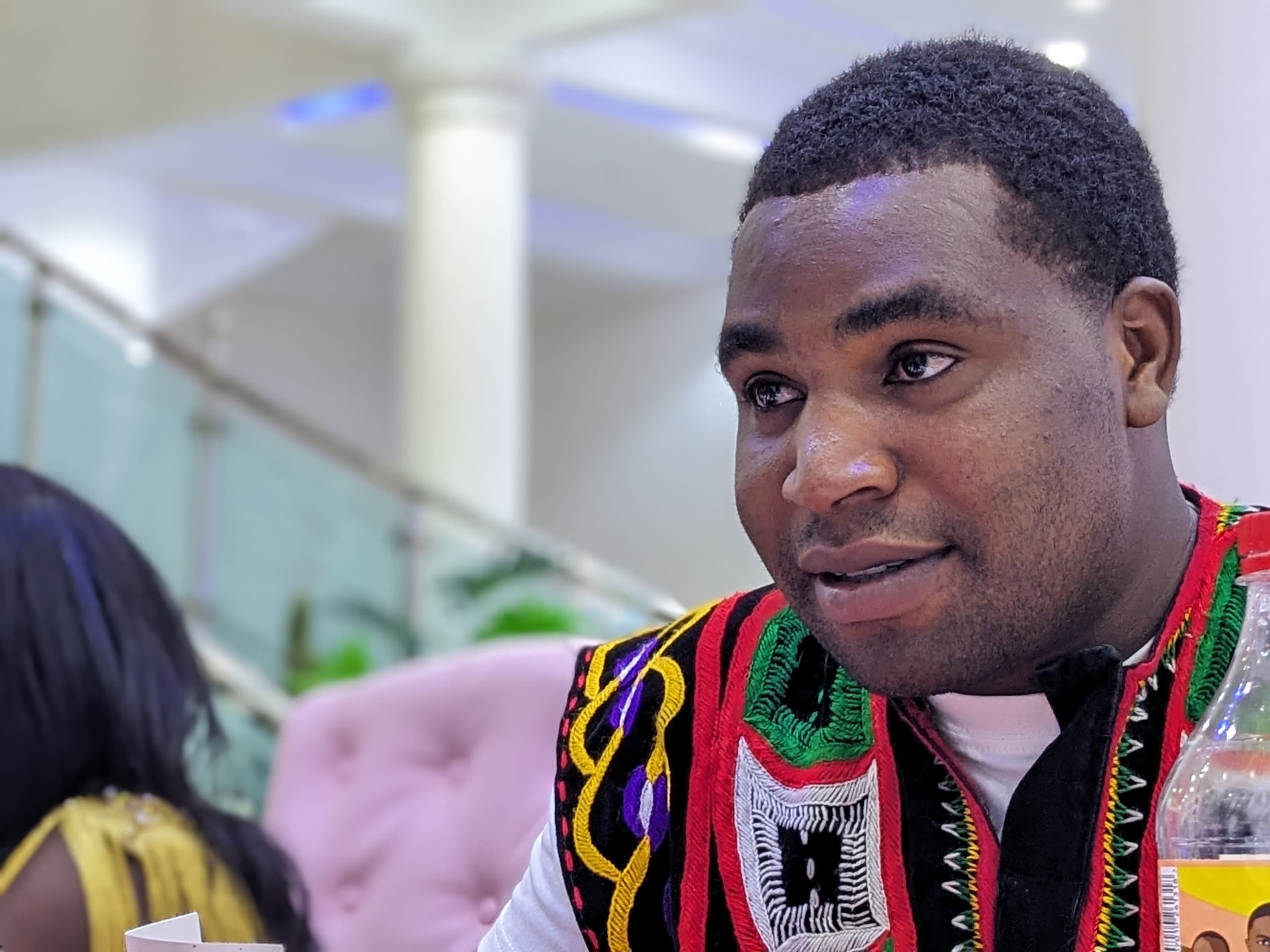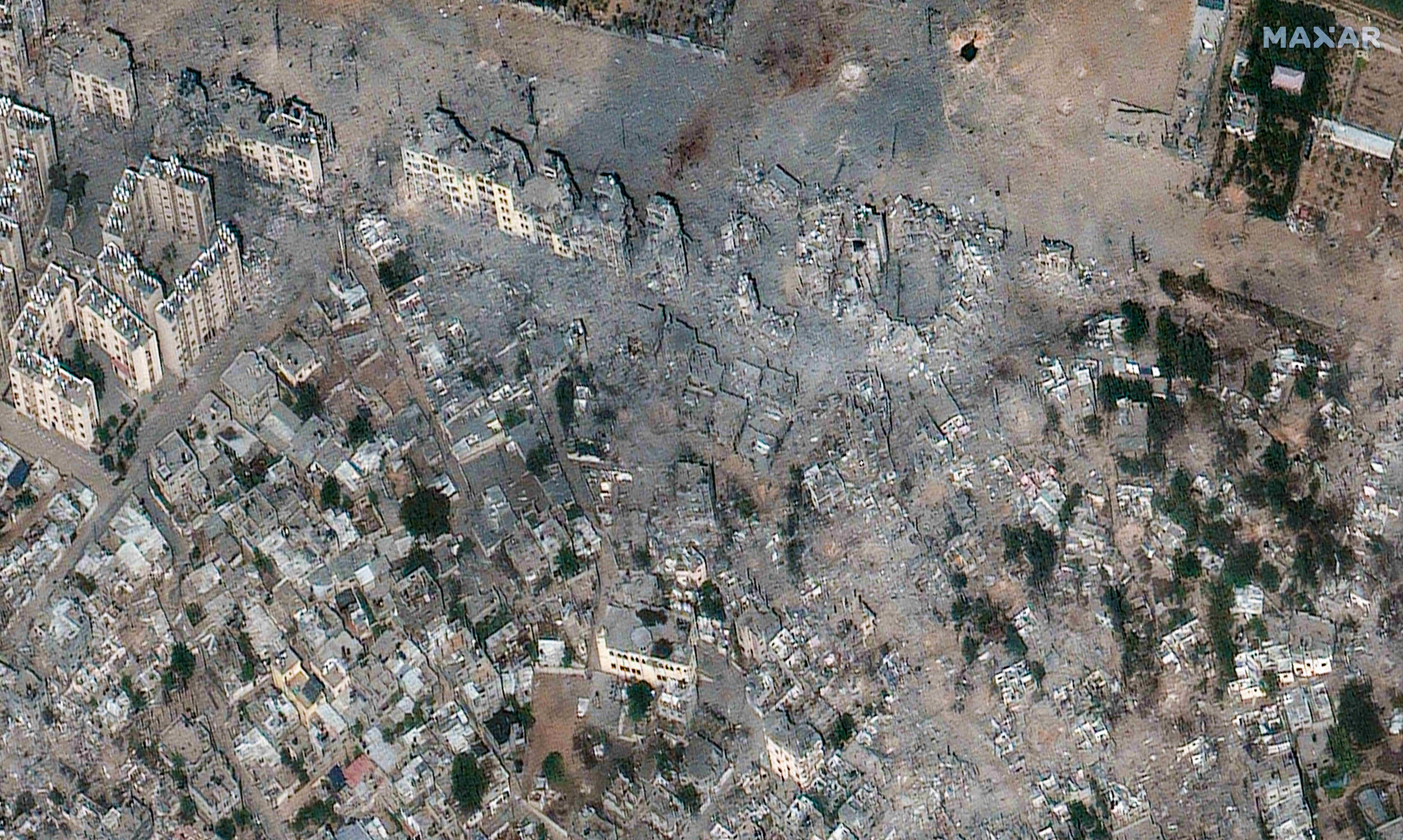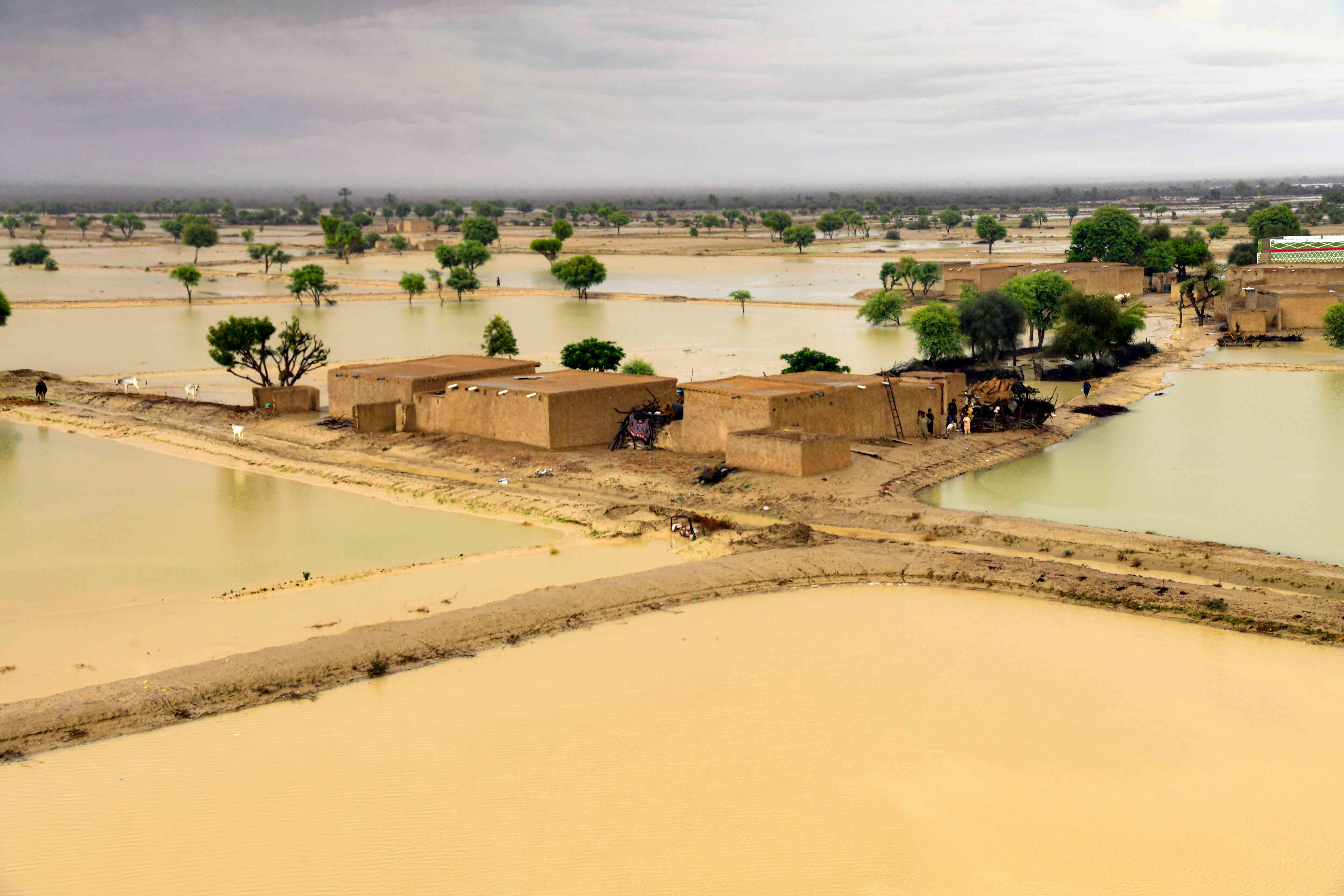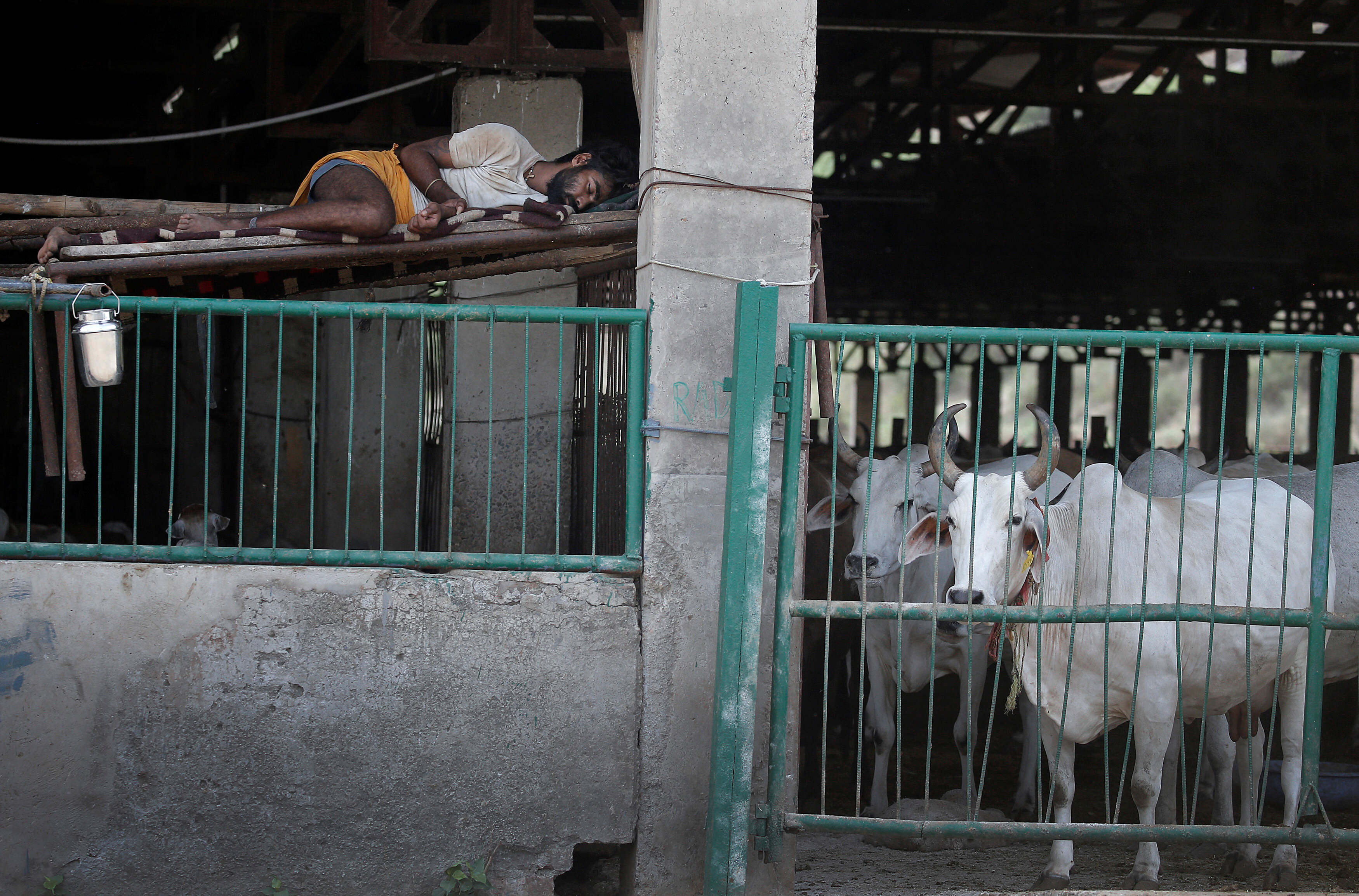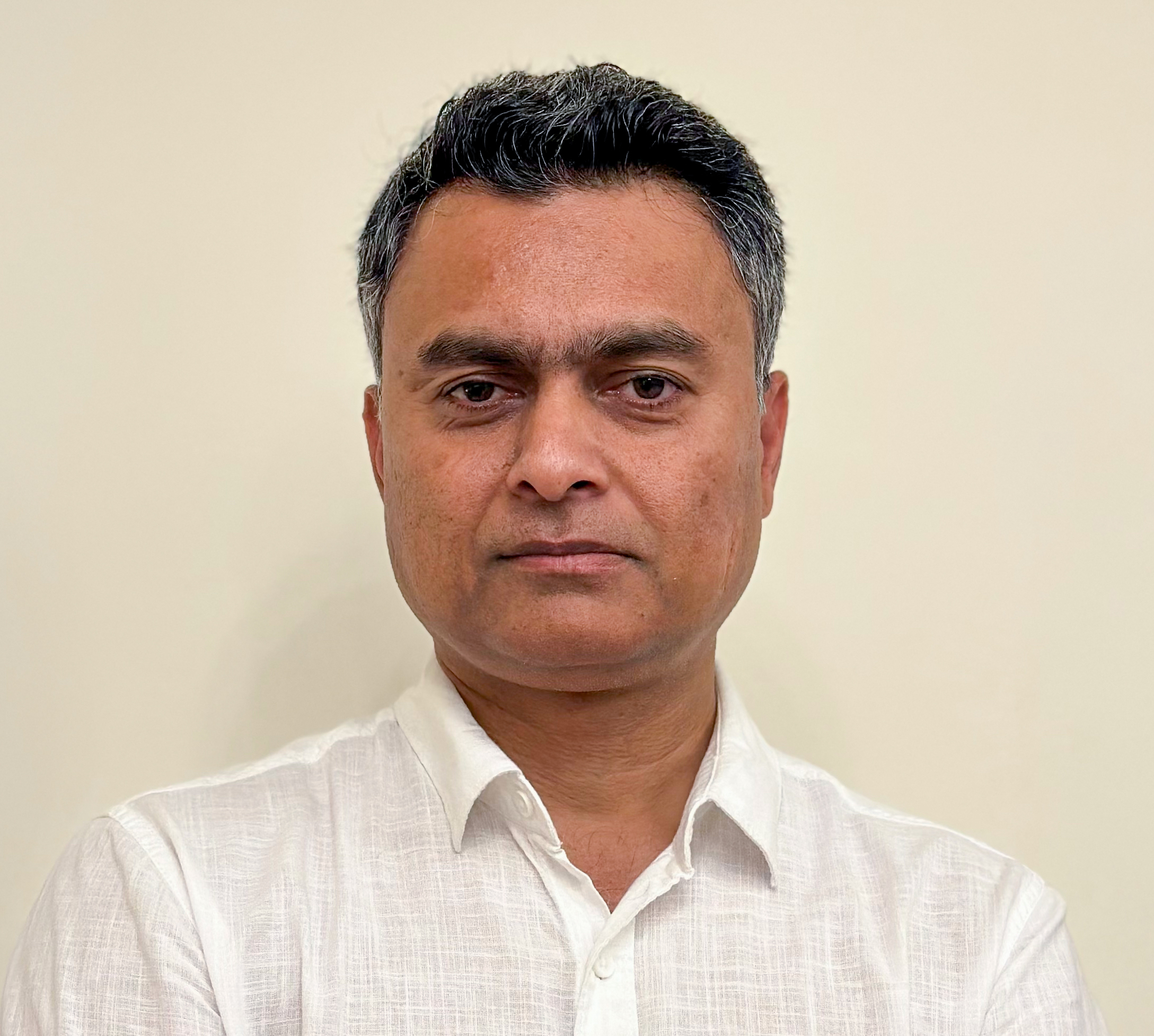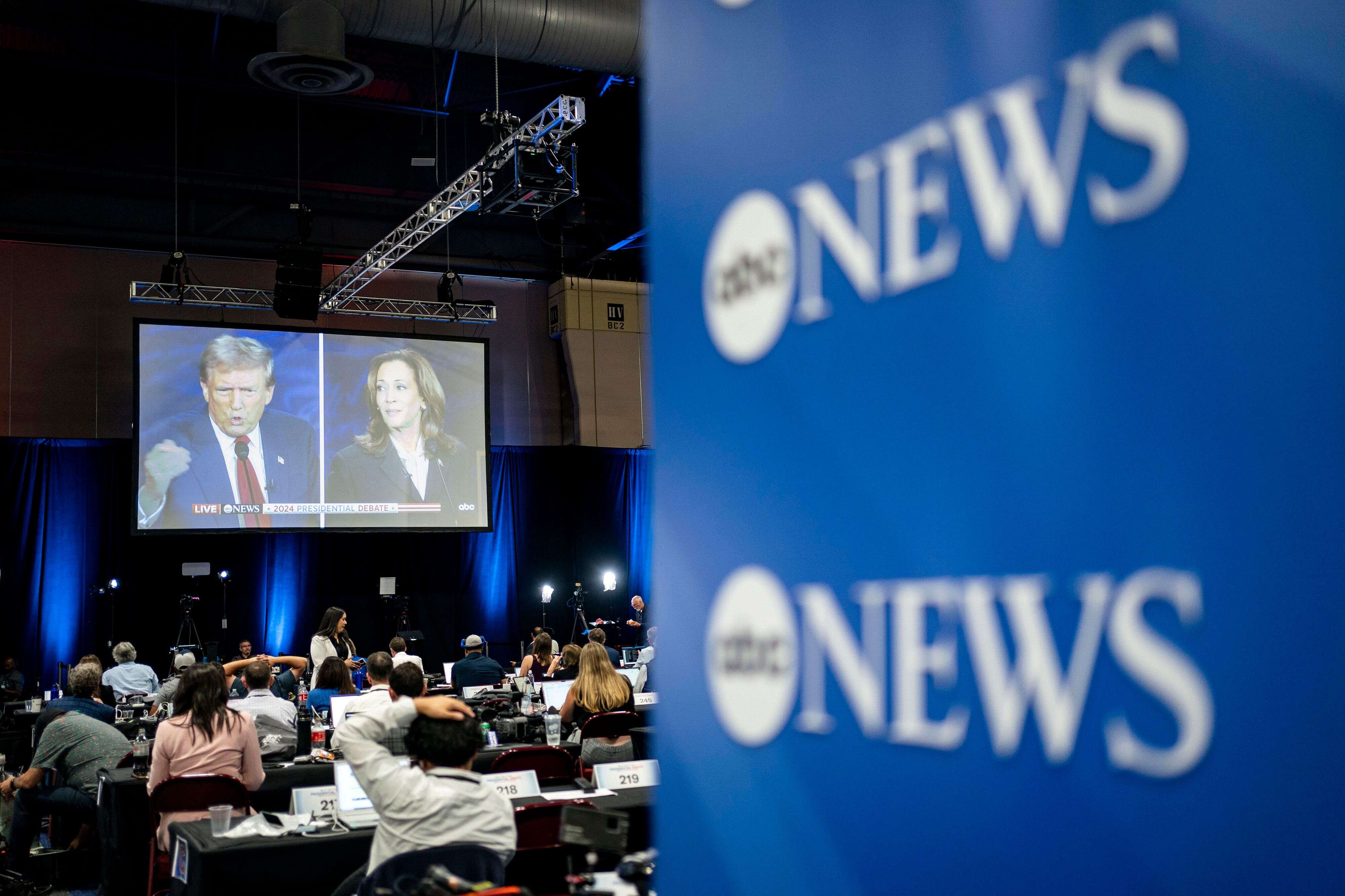من نافل القول أن البيئة الإعلامية التي تواجه الصحفيين والصحفيات اليوم تختلف في كثير من النواحي عن البيئة الإعلامية التي كانت سائدة قبل دخول تقنيات الذكاء الاصطناعي إلى صناعة الإعلام. في الصحافة، أصبح الذكاء الاصطناعي (AI) حاضرا بشكل متزايد، ولديه القدرة على إحداث ثورة في كيفية صناعة الصحافة واستهلاكها، وطريقة إنتاج الأخبار ونشرها. وتتراوح التقنيات التي تندرج تحت المصطلح الشامل للذكاء الاصطناعي بين الوظائف اليومية (مثل البحث، والترجمة، والتلخيص، وتوليد الأسئلة و الأفكار، والمساعدة في وضع العناوين) والخوارزميات المعقدة التي تعتمد على التعلم العميق لإنشاء نصوص أو مقاطع فيديو؛ إذ بدأت أدوات الذكاء الاصطناعي التوليدية تحل محل و/أو تكمّل الوسائط التقليدية في غرف الأخبار. ومنذ أن صدرَ شات جي بي تي عن شركة "أوبن إيه آي" في نوفمبر/ تشرين الثاني 2022، احتدم النقاش وطُرح سؤال مركزي: هل هذا هو خلاصنا أم هي نهاية العالم؟
في هذا السياق، كتب المحاضر والمؤلف السويدي كريستر أولسون في "كل ما لم يُطوَّر يُفَكَّك": "عندما يتعلق الأمر بالذكاء الاصطناعي والصحافة، فهذا ليس استثناء. التكنولوجيا الجديدة تولد تقنية جديدة؛ إذ الهدف النهائي هو البحث عن الكفاءة والتحسين الذي ليس له هدف واضح. إنها الداروينية الرقمية في أفضل صورها؛ إذ يكون التطور ثابتا، ويتعين علينا باستمرار التكيف مع السلوكات والأنماط والمتطلبات الجديدة".
كيف يمكن أن يؤثر الذكاء الاصطناعي على حرية الصحافة؟
يحذر تقرير(1) أصدرته مؤسسة "المادة 19" ومؤسسة "الخصوصية الدولية"، من أن الذكاء الاصطناعي يمكن أن يصبح تهديدا لحرية التعبير.
وفقا للتقرير، هناك العديد من العواقب المترتبة على الذكاء الاصطناعي التي تمثل بالفعل مشكلة من وجهة نظر حرية التعبير.
يسرد التقرير خمس نقاط تُعد إشكالية بشكل خاص بالنسبة لحرية الصحافة والتعبير، وهي:
عدم احترام القانون: على الرغم من أن التنمية الاقتصادية اليوم تخضع للتنظيم الذاتي بهدف الشفافية والأخلاق والمسؤولية، فإنه غالبا ما يكون هناك نقص في الوسائل الملموسة للمتابعة القانونية والمطالبة بالمسؤولية من الشركات العالمية، على سبيل المثال:
انعدام الشفافية: وبما أن الذكاء الاصطناعي يُطوّر اليوم في الغالب في القطاع الخاص، فمن الصعب على الجمهور والسلطات تكوين رأي بشأن كيفية تأثير الابتكارات الجديدة على الحق في حرية التعبير.
انعدام المساءلة: كثيرا ما تظهر تطبيقات الذكاء الاصطناعي في سياقات لا ندرك حتى بوجودها، على سبيل المثال في حالة مراقبة الكاميرا بالتعرف إلى الوجه أو تطبيقات الهاتف التي من المحتمل أن تتنصت علينا حتى ونحن لا نستخدم الهاتف. في حالة حدوث تجاوز، قد يكون من الصعب في كثير من الأحيان تحديد المسؤوليات.
النقاش الاجتماعي ووسائل الإعلام: يميل النقاش العام إلى التركيز على المخاطر الأكثر عمومية والخيالية في بعض الأحيان التي يخلقها الذكاء الاصطناعي، بدلا من معالجة المشكلات الملموسة الموجودة مسبقا، التي يمكن –من ثَمّ- التغاضي عنها بسهولة.
جمع البيانات واستخدامها: إن كيفية جمع البيانات وكيفية استخدامها ضمن الأنظمة القائمة على الذكاء الاصطناعي لهما أهمية قصوى بالنسبة لحق الجميع في حرية التعبير على قدم المساواة في المستقبل.
يحذر تقرير أصدرته مؤسسة "المادة 19" ومؤسسة "الخصوصية الدولية"، من أن الذكاء الاصطناعي يمكن أن يصبح تهديدا لحرية التعبير.
كما هو الحال مع التطورات التكنولوجية جميعها، يجلب الذكاء الاصطناعي تحديات ومخاطر أخلاقية كبيرة. إحدى القضايا المهمة هي التحيز في نماذج الذكاء الاصطناعي وبياناته؛ لأنه إذا استُبدل الذكاء الاصطناعي بمحركات البحث التقليدية والصحفيين، فستُكيِّف روبوتات الذكاء الاصطناعي الإجابات وفقا للتفضيلات الشخصية. ما يقدمه "الشات بوت" ردا على استفساراتك، قد لا يقدمه لي.
إن التهديد الحقيقي الذي يشكله الذكاء الاصطناعي في علاقته بحرية الصحافة والتعبير يتمثل في تآكل الحقائق ونسبيّتها، والانتقال إلى عصر ما بعد الحقيقية. لذلك يعد التوصل بسرعة إلى طريقة عالمية لمواجهة المعلومات المضللة أمرا مهما الآن؛ ذلك أن تطوير التكنولوجيا يسير بسرعة فائقة، وإذا لم تتمكن وسائل الإعلام من الحفاظ على مصداقيتها في ظل "عواصف" المعلومات المضللة، فإن الأمر يشكل تحديا أساسيا لحرية التعبير.
التزييف العميق
إن الجدل الأوسع بشأن تأثير الذكاء الاصطناعي على حرية الصحافة معقد بسبب ما تتيحه هذه التقنيات من إمكانات التزييف العميق. عندما تصبح تقنية التزييف العميق في حد ذاتها أداة للتلاعب بالحقيقة، يصبح من الصعب القول إن التدفق الحر للمعلومات يعني أن الأسبقية هي للحقيقة دائما.
ربما في المستقبل القريب لن يشكل الذكاء الاصطناعي تهديدا على أساس أن التكنولوجيا أصبحت واعية بذاتها، بل على أساس الطريقة التي يختار بها مُنتجو الأخبار وموزعوها استخدام التكنولوجيا. أحد مجالات استخدام تقنية الذكاء الاصطناعي هو ما يسمى بالتزييف العميق؛ أي الصور ومقاطع الفيديو أو التسجيلات الصوتية التي جرى التلاعب بها، والتي يمكن أن تقدم تصويرا واقعيا لشيء لم يحدث قط. صحيحٌ أنه يمكن أن تكون لمثل هذه التقنيات تطبيقات تعزّز حرية التعبير، كأن تخلق فرصا جديدة للتعبير الفني أو السياسي الساخر، إلا أن المخاطر فادحة للغاية. على سبيل المثال، يعد استخدام التزييف العميق في صناعة المواد الإباحية من دون موافقة الشخص الذي جرى تصويره معضلة تؤرّق السلطات والعامّة في العديد من الدول. كذلك تستخدَم تقنيات التزييف العميق في عمليات التضليل وصناعة ونشر المعلومات الخاطئة وعمليات الاحتيال، وهي عمليات وأنشطة قد يمتدّ أثرها حتى وسائل الإعلام والمنصّات الإخبارية، لاسيما المحليّة منها.
بما أن الذكاء الاصطناعي يُطوّر اليوم في الغالب من طرف القطاع الخاص، فمن الصعب على الجمهور والسلطات تكوين رأي بشأن كيفية تأثير الابتكارات الجديدة على الحق في حرية التعبير
هنا يمكن ملاحظة أن المشكلة الأخطر التي قد تنجم عن تقنيات التزييف العميق على المدى الطويل ليست تصديق الناس للوسائط المزيفة، بل في تقويض مصداقية صحة أي فيديو أو صورة أو تسجيل صوتي، حتى لو كان أصليا، نظرا لتلاشي القدرة على التمييز بينه وبين المنتج عبر تلك التقنيات.
أظهرت الأبحاث أن التحيز المعرفي لدى الناس يؤدي إلى المبالغة في قياس قدرتهم على تمييز المعلومات الصحيحة ومقاومة المعلومات الخاطئة؛ إذ تسود بدلا من ذلك صورة مفادها أن الآخرين هم الذين يجري خداعهم. ويمكن النظر إلى التزييف العميق على أنه يعزز فقاعات الترشيح والاستقطاب الموجودة على وسائل التواصل الاجتماعي؛ إذ يصدق الناس فقط المعلومات التي تؤكد وجهات نظرهم، ومن ثَمّ فإنه يمثل تهديدا للديمقراطية؛ ذلك أن الحقيقة العقلانية والمنطقية ستكون دائما قابلة للتشكيك بحجج ملفقة.
ومع ذلك، يرى بعضهم أن عدم اليقين الناجم عن وجود التزييف العميق له فوائد؛ لأن غرف الأخبار، وشركات الإعلام والمؤسسات، تحتاج إلى أن تكون أكثر شفافية وأن تعزز استجابتها للمخاطر التي يشكلها التزييف العميق.
نظرا لأن تقنية التزييف العميق تعالج في كثير من الحالات البيانات الشخصية في شكل وجه و/ أو جسد و/ أو صوت شخص مادي، فإن الاتحاد الأوروبي أقر مؤخرا أول قانون لتنظيم تقنيات استخدامات الذكاء الاصطناعي يهدف إلى ترشيد التطوّر في هذا المجال بناء على تقييمات ملزمة وشاملة لمخاطرها المحتملة والآثار المرتبطة بها على الحقوق الأساسية والأمن.
هل تنقذنا أخلاقيات الصحافة؟
بينما يوفر الذكاء الاصطناعي فرصا مهمة ويبسط سير العمل، فإنه يثير أيضا أسئلة مهمة بشأن حرية الصحافة والأخلاق والمسؤولية. تُعَد أخلاقيات استخدام الذكاء الاصطناعي في الصحافة قضية ديناميكية وهامة في المشهد الإعلامي اليوم؛ إذ يطرح السؤال الدائم: هل الصحفيون وفرق التحرير على دراية بأخلاقيات الذكاء الاصطناعي وتطبيقاته والتحديات المحتملة ذات العلاقة به؟
تندرج أخلاقيات الذكاء الاصطناعي تحت فئة الأخلاق التطبيقية التي تنظر إلى ما يجب على الفاعل الأخلاقي (الذي يُعرَّف بأنه شخص يمكنه الحكم على الصواب والخطأ ويمكن محاسبته) أن يفعله أو قد يفعله في موقف معين أو ضمن نشاط معين.
في الوقت الحاضر، تُعَدّ أخلاقيات الذكاء الاصطناعي في الصحافة جزءا من الأخلاقيات التكنولوجية المطبقة على الروبوتات وكيانات الذكاء الاصطناعي الأخرى. تتناول هذه العقيدة أسئلة عن كيفية عمل المطورين والمصنعين والسلطات ومقدمي الخدمات لتقليل المخاطر الأخلاقية التي يمكن أن يجلبها الذكاء الاصطناعي إلى المجتمع، سواء أكان ذلك يتعلق بالتصميم أم بالاستخدام غير السليم أم بالإساءة المتعمدة للتكنولوجيا.
إذا استُبدل الذكاء الاصطناعي بمحركات البحث التقليدية والصحفيين، فستُكيِّف روبوتات الذكاء الاصطناعي الإجابات وفقا للتفضيلات الشخصية. ما يقدمه "الشات بوت" ردا على استفساراتك، قد لا يقدمه لي
الذكاء الاصطناعي يعيد تشكيل العالم الذي تسكنه الصحافة
يقارن البعض إمكانات الذكاء الاصطناعي بالأسلحة النووية، وهي مقارنة تساعد على جعل القضيّة أقرب للفهم؛ إذ يعلمنا ظهور القنبلة الذرية الكثير عن الكيفية التي يجب مراعاتها عند التعامل مع الذكاء الاصطناعي.
يُعرف الجهد الهائل الذي بذلته الولايات المتحدة لتكون أول من يطور القنبلة الذرية باسم "مشروع مانهاتن"، وكان الفيزيائي روبرت أوبنهايمر أحد أشهر الأشخاص الذين دافعوا عنه. لكن وبعد إلقاء القنبلة الذرية على هيروشيما وناغازاكي في أغسطس 1945، شعر الشعب الأمريكي بمزيج من الفخر والراحة، والخوف والفزغ. ففي البداية، كان سعيدا لأن القنابل أنهت الحرب، لكن بعد ذلك شعر بالرعب من القوة الرهيبة التي أطلقوها وتسبب بذلك القدر من الموت والدمار الذي يعرّض وجود البشريّة بأسرها إلى الخطر.
ربما في المستقبل القريب لن يشكل الذكاء الاصطناعي تهديدا على أساس أن التكنولوجيا أصبحت واعية بذاتها، بل على أساس الطريقة التي يختار بها مُنتجو الأخبار وموزعوها استخدام التكنولوجيا
ومن المهم اليوم أن نضع في الحسبان أن الذكاء الاصطناعي يشابه القنبلة الذرية، إذ يعتمد كلا المجالين على المبادئ والأبحاث العلمية الأساسية. بينما تعتمد الأسلحة النووية على الفيزياء الذرية، فإن الذكاء الاصطناعي يعتمد على علوم الحاسوب والتعلم الآلي.ومثل علم النواة الذرية والانشطار الذري، فإن معرفة البيانات والتعلم الآلي لا تنطوي على معضلة أخلاقية في حد ذاتها، ولكن الإشكال يتعلق بكيفية استخدام تلك المعرفة وبالنتائج التي قد تترتب عليها.
يمكننا العمل بشكل أكثر دقة وأمان مع تقنيات الذكاء الاصطناعي إذا ما طوّرناها واستخدمناها على نحو صحيح ومسؤول. أما إذا تركنا الحبل على الغارب لعمالقة التقنية في العالم، فإنّ الصحافة وغيرها من المجالات عالية الأنسنة ستواجه مشاكل جوهرية متعددة الأوجه ومفتوحة الاحتمالات. ولهذه الأسباب تطالب العديد من الأطراف الآن بصوت عالٍ بوضع اللوائح التنظيمية وترشيد عمل الشركات التقنية الكبرى (من بينهم مؤسس Open AI)، بينما يحذر آخرون من ضرورة أن لا يؤدي ذلك إلى إعاقة الابتكار التكنولوجي.
المراجع
1) “Privacy and Freedom of Expression in the Age of Artificial Intelligence.” n.d. Privacy International. https://privacyinternational.org/report/1752/privacy-and-freedom-expres….
























